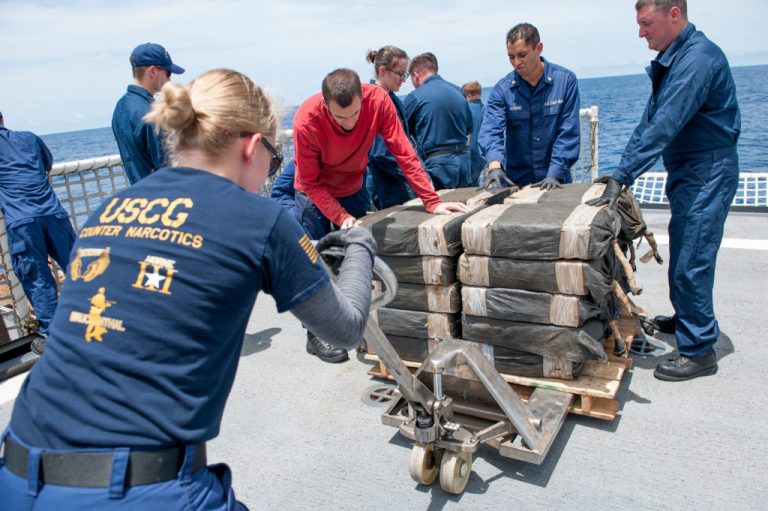
Almost all illegally distributed guns are both legally manufactured in the U.S. or abroad and at least initially legally distributed in the U.S.
By Nazarul Islam
The Department of Justice and law enforcement authorities in Chicago, Los Angeles, New York, San Francisco, and Washington, D.C. recently had announced another campaign, to stop illegal distribution of guns. This campaign, like similar past campaigns, also failed to achieve desired results. America’s failed war on drugs has confirmed that.
For many past decades, as part of efforts to reduce the number of murders, shootings, and other crime using guns, law enforcement authorities at the Federal, State, and local levels have initiated innumerable efforts to prevent illegal distribution of guns. Yet the vast number of crimes committed using illegally distributed guns testifies to the failure of these efforts.
While this track record of failure provides more than sufficient evidence that the most recent campaign also will fail, the inability for the last half century to stop illegal distribution of drugs as part of the war on drugs provides proof beyond a reasonable doubt.
Despite decades of vast expenditures of federal, state, local, and foreign law enforcement and military resources, efforts to stop illegal distribution of fentanyl, heroin, cocaine, crystal meth, and other illegal drugs in the U.S. have failed. The fundamental lesson of the war on drugs is that where there is sufficient demand, illegal distribution efforts will succeed in meeting that demand notwithstanding strenuous law enforcement and military efforts to stop it.
The efforts to stop illegal distribution of drugs, moreover, have three advantages that those directed at illegal distribute of guns do not.
First, almost all fentanyl, heroin, and cocaine illegally distributed in the U.S. is illegally produced abroad and illegally imported. Efforts to stop the importation of these drugs nevertheless have continually failed.
Almost all illegally distributed guns, on the other hand, are both legally manufactured in the U.S. or abroad and at least initially legally distributed in the U.S. If law enforcement cannot stop illegal importation of drugs produced illegally abroad, it strains credulity to expect success in yet another effort to stop illegal distribution of guns that face no barriers to production, importation, or initial distribution.
Second, law enforcement also has been unable to stop illegal distribution of controlled prescription drugs like oxycontin. Legal distribution of controlled prescription drugs is more tightly restricted than guns, as distribution requires a physician’s prescription, while Americans generally have a constitutional right to own guns.
The inability to stop illegal distribution of more tightly regulated controlled prescription drugs reinforces the conclusion that efforts to stop illegal distribution of less tightly regulated guns will continue to fail.
Third, drug use inherently involves consumption that at least momentarily reduces the supply available for further distribution. Gun use does not.
And now, hundreds of millions of guns that Americans have already owned, legally or illegally, will continue to remain available for further distribution regardless of use (apart from the apparently relatively tiny number confiscated, lost, or destroyed). And that supply, of course, continues to increase through legal production and distribution.
The underlying goal of the new campaign to stop illegal distribution of guns is, or at least should be, to reduce crime using guns. Some past efforts to reduce crime using guns have succeeded.
Several of these future efforts undoubtedly also are likely to succeed. But law enforcement strategies that directly target these crimes appear more likely to succeed and to use scarce resources more efficiently, than yet another doomed attempt to stop illegal distribution of guns that only indirectly seeks to reduce crime using guns.
[author title=”Nazarul Islam ” image=”https://sindhcourier.com/wp-content/uploads/2021/05/Nazarul-Islam-2.png”]The Bengal-born writer Nazarul Islam is a senior educationist based in USA. He writes for Sindh Courier and the newspapers of Bangladesh, India and America. He is author of a recently published book ‘Chasing Hope’ – a compilation of his 119 articles.[/author]